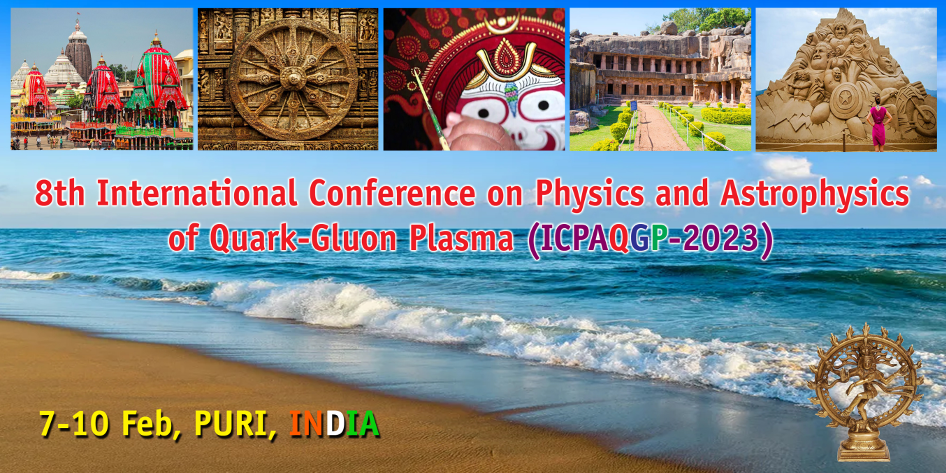Speaker
Description
Machine learning techniques are well-known in the high-energy physics community and have helped solve numerous problems in this field. This work studies various applications of machine learning tools in the physics of heavy-ion collisions. One of the crucial initial state observables, the impact parameter, plays a vital role in establishing the initial state effects, which subsequently affects the final state observables in heavy-ion collisions. However, measurement of this quantity is almost impossible in experiments. Thus, we propose to use ML-based regression models such as the gradient boosting decision trees (GBDT) to obtain a prediction of impact parameter in Pb-Pb collisions at $\sqrt{s_{\rm NN}} = 5.02$ TeV using a multiphase transport model (AMPT). We also estimate an event shape observable, transverse spherocity from experimentally available final state observables using the same GBDT model. The regression model trained with the minimum bias data is shown to predict the centrality-wise transverse spherocity distributions. Another direction is the possible use of deep learning techniques for the event-by-event elliptic flow estimation in RHIC and LHC energies. The ability of deep learning models to learn unique patterns and correlations from data to map highly complex non-linear functions is a matter of interest. A novel method is proposed to feed the track-level kinematic information as input to the deep neural network (DNN). The model is trained with Pb-Pb collisions at $\sqrt{s_{\rm NN}} = 5.02$ TeV minimum bias simulated events. All charged hadrons are considered for the training. The trained model is successfully applied to estimate the centrality dependence of $v_2$ for both RHIC and LHC energies. Also, the proposed model is quite successful in predicting the transverse momentum ($p_{\rm T}$) dependence of $v_2$ as well. This work is being extended to estimate the elliptic flow of pions, kaons, and protons and study the scaling properties of $v_2$. Results of the DNN estimator are compared to both simulation and experiment, which concludes the robustness and prediction accuracy of the model.

